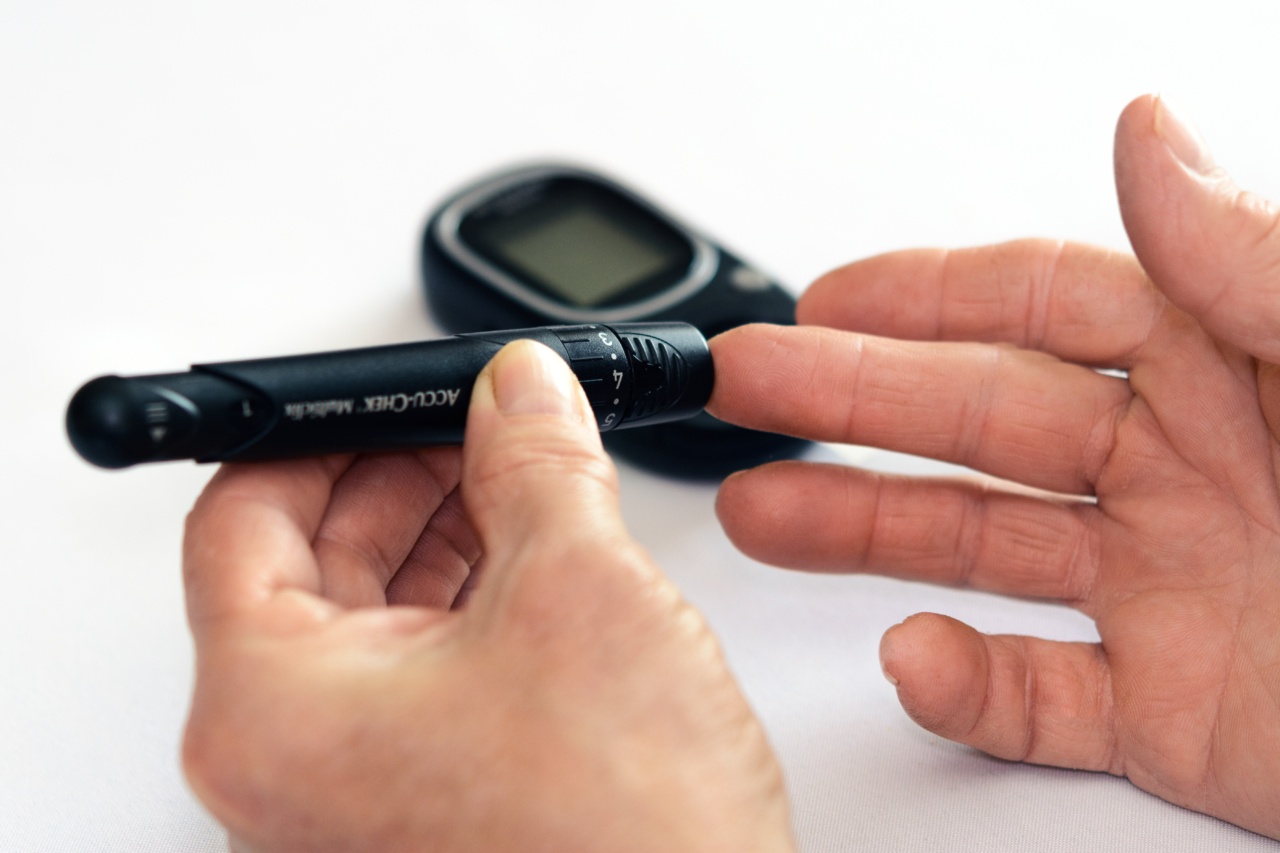Diabetes is a chronic disease that affects millions of people worldwide. It occurs when the body cannot produce enough insulin or when it does not use insulin properly. Insulin is a hormone that regulates blood sugar levels.
When sugar levels are high, complications can arise, including damage to the eyes. If left untreated, undiagnosed diabetes can cause vision loss and blindness.
How diabetes affects the eyes
Diabetes can damage the blood vessels that provide nutrients to the retina, the part of the eye that detects light. High blood sugar levels can cause these blood vessels to leak or become blocked, leading to a condition called diabetic retinopathy.
This can cause blurred vision, eye floaters, distorted or double vision, and even blindness. Diabetic retinopathy can also lead to macular edema, a condition where the macula, the part of the retina responsible for sharp, detailed vision, becomes swollen.
Studies show that people with diabetes are also at a higher risk of developing other eye problems, such as cataracts and glaucoma. Cataracts are a clouding of the eye’s natural lens, which can cause blurred vision.
Glaucoma is a condition that damages the optic nerve, which can cause vision loss.
The importance of eye exams for people with diabetes
Undiagnosed diabetes can cause subtle changes in the retina that can only be detected with a dilated eye exam. A dilated eye exam entails putting drops in the eye to open the pupil, allowing the doctor to examine the retina more thoroughly.
The American Diabetes Association recommends people with diabetes should get a dilated eye exam at least once a year. This helps detect diabetic retinopathy and other eye problems early, increasing the chance of successful treatment.
Treatment options for diabetic retinopathy
There is no cure for diabetic retinopathy, but treatment can slow its progression and prevent further vision loss. Treatment options depend on the severity of the condition and may include:.
1. Laser surgery: This treatment involves using a laser to seal leaky blood vessels or destroy abnormal blood vessels in the retina.
It can slow or stop the progression of diabetic retinopathy, but it may also cause temporary vision loss and may need several treatments over time.
2. Vitrectomy: In some cases, diabetic retinopathy can cause vision loss due to the leaking of blood and other fluids into the eye. Vitrectomy is surgery that removes the vitreous gel and replaces it with a saline solution.
This surgery can improve vision, but it carries some risks such as bleeding, infection, and retinal detachment.
3. Injections: Doctors may also prescribe injections of a medication that can slow or reverse the growth of abnormal blood vessels in the retina.
Preventing diabetes-related eye problems
The best way to prevent diabetes-related eye problems is to manage blood sugar levels. Keeping blood sugar levels within a healthy range can reduce the risk of diabetic retinopathy, cataracts, and glaucoma.
Other lifestyle modifications such as exercising regularly, maintaining a healthy weight, and quitting smoking can also help prevent diabetes complications.
Conclusion
Undiagnosed diabetes can have a significant impact on eye health and can lead to vision loss. People with diabetes should get a dilated eye exam at least once a year to detect eye problems early.
Treatment options for diabetic retinopathy include laser surgery, vitrectomy, and injections. Prevention is key, and managing blood sugar levels and making lifestyle modifications can help reduce the risk of diabetes complications.



























